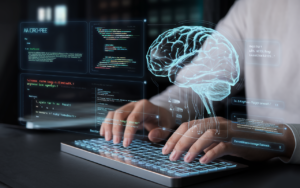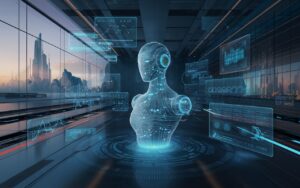This in-depth article focuses on understanding how quantum computers leverage qubits, superposition, and entanglement to outperform classical computing in fields like cryptography, optimization, and system simulations.
1. Introduction
Quantum computing is rapidly emerging as the next technological revolution that promises to transform computation by leveraging the unique properties of quantum mechanics. With its ability to harness qubits, superposition, and entanglement, quantum computers have the potential to outperform classical machines in key areas such as cryptography, optimization, and system simulations. However, with great capability comes significant risk—most notably the threat that quantum computers pose to the very cryptographic systems that secure our digital communications. Governments and enterprises, therefore, find themselves at a crossroads: the urgency to adopt post-quantum cryptography is matched by the promise of groundbreaking applications in simulations for drug discovery, materials science, and complex problem solving. This article explores the foundational principles of quantum computing, examines its revolutionary applications across various domains, and discusses the impending challenges as well as pragmatic steps for a secure and innovative future.
2. Fundamental Principles of Quantum Computing
Quantum computing operates on several core principles that set it apart from classical computing. Unlike classical bits, which represent information as either 0 or 1, quantum bits (qubits) can exist in a superposition of states, allowing them to encode multiple values simultaneously. When qubits become entangled, the state of one qubit instantaneously influences the state of another regardless of the distance between them—an attribute that Albert Einstein famously described as “spooky action at a distance”.
2.1 Qubits and Superposition
At the heart of quantum computing lies the qubit, a physical entity (often represented by an electron, photon, or ion) that can be in a state 0, 1, or any quantum superposition of these states. This superposition enables quantum computers to explore many computational pathways in parallel, leading to potential exponential speedups on certain classes of problems compared to their classical counterparts.
2.2 Quantum Entanglement
Entanglement is the phenomenon where multiple qubits become linked such that the state of one directly correlates with the state of another. This interconnectedness can be harnessed to perform complex computations far more efficiently than traditional systems, making it a critical resource for tasks such as error correction and complex algorithmic processes.
2.3 Quantum Interference and Measurement
Quantum interference allows for the manipulation of superposed states so that computational paths leading to incorrect answers can cancel each other out, while those reinforcing the correct answers amplify in probability. Ultimately, the act of measurement collapses the qubits into a single classical state that represents the output of the computation.
The interplay of these quantum phenomena builds the foundation upon which advanced applications such as quantum cryptography, optimization, and simulation are constructed, paving the way for revolutionary advancements across diverse fields.



 How Mobile Technology Is Transforming Sports Betting Experiences
How Mobile Technology Is Transforming Sports Betting Experiences




